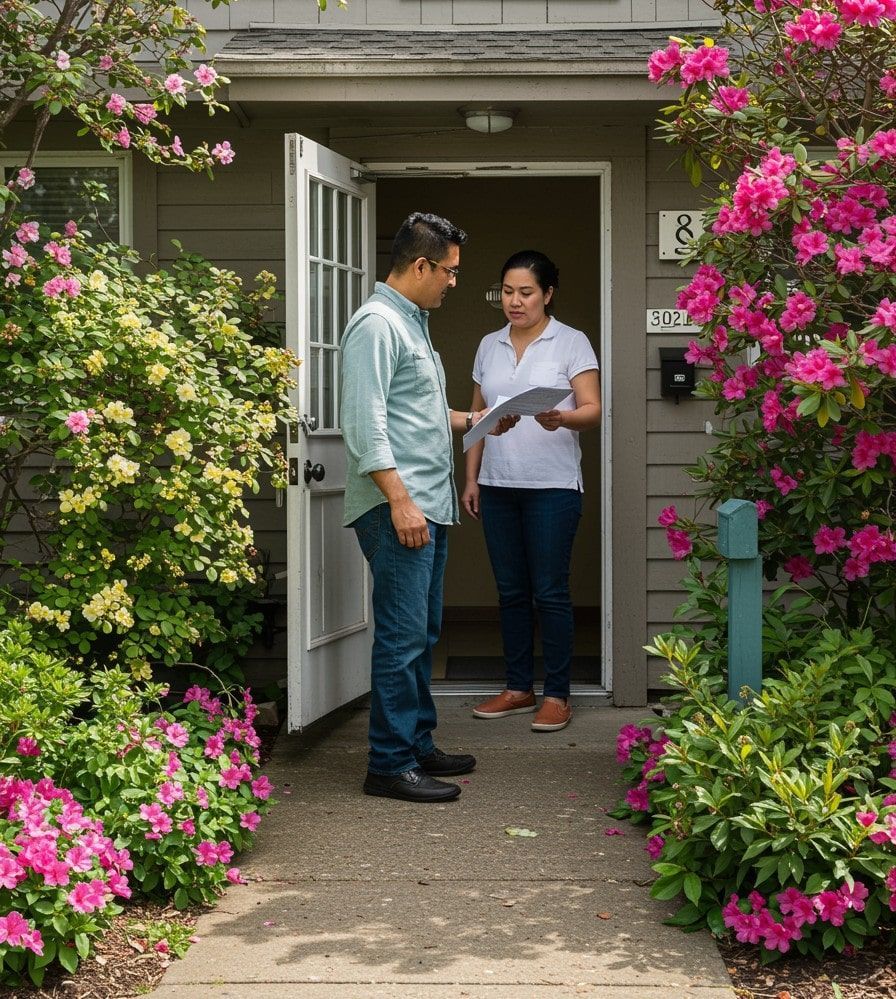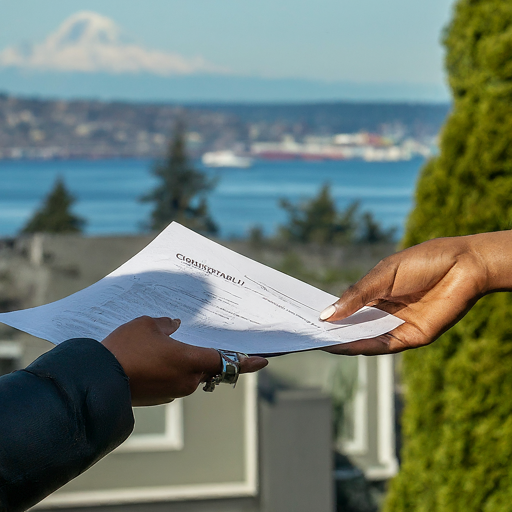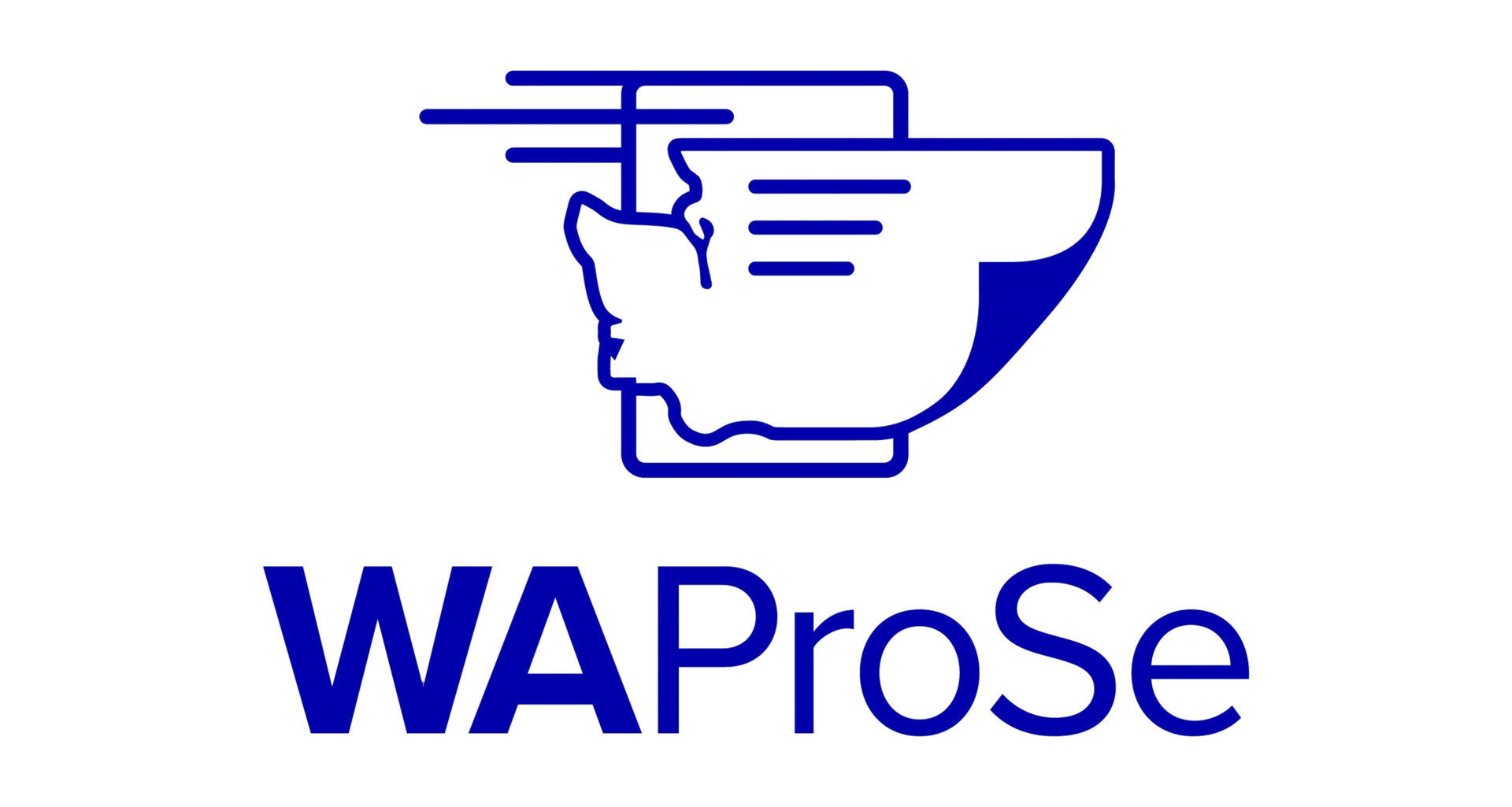What to Do After Being Served Legal Documents: A Step-by-Step Guide
What to Do After Getting Served Legal Papers

Receiving legal documents from a process server can be an unsettling experience, but knowing how to handle them efficiently is crucial for managing your legal situation. Here’s a step-by-step guide to help you navigate the process and ensure you take the appropriate actions after having been served by a process server. Although this article is not legal advice, it is imperative to know the basics which will be shared below:
Table of Contents:
1. Identify the Court Where the Documents Were Filed
2. Find the Deadline for Your Response
3. Determine the Required Forms
4. File Your Response with the Court
5. Serve the Other Party
1. Identify the Court Where the Documents Were Filed
The first step is to determine where the legal action has been filed. At the top of the document, you will find the name of the court. This information is essential because it tells you which court has jurisdiction over the case and where you will need to file your response.
2. Find the Deadline for Your Response
Next, locate the deadline by which you must respond. This information is typically found on the first page of the document. The deadline will specify how many days you have to file your response with the court. It’s crucial to adhere to this deadline to avoid any negative legal consequences, such as a default judgment.
3. Determine the Required Forms
To respond to the legal documents, you need to fill out specific forms. These forms can usually be found on the court’s website or through legal resources. For Washington State, you can access the necessary forms through the Washington Courts website: Washington State Court Forms. Look for forms related to the type of case you are involved in, whether it’s a civil matter, family law case, or another type of legal issue.
4. File Your Response with the Court
Once you have completed the required forms, you need to file them with the court identified in the documents. Filing can often be done online, by mail, or in person at the court clerk’s office. Make sure to keep copies of everything you submit for your records. If you are unfamiliar with the process and find it overwhelming, WA Pro Se can file the documents for you.
5. Serve the Other Party
After filing your response, you must serve a copy of it to the other party involved in the case. This step ensures that the opposing party is officially notified of your response and has a chance to review it. You can hire a process server to handle this task for you. In Washington State, you can use the order form on WAProSe.com to arrange for service. You’ll need to choose the speed of service that aligns with your deadline.
Summary of Steps
- Identify the Court: Check the top of the document for the court’s name
- Find the Deadline: Locate how long you have to respond
- Get the Forms: Access the required forms at Washington State Court Forms
- File Your Response: Submit the completed forms to the identified court
- Serve the Other Party: Hire a process server through WAProSe.com and select the appropriate service speed
Final Thoughts
Handling legal documents promptly and accurately is essential for protecting your interests and ensuring that your side of the case is heard. By following these steps, you can manage your response effectively and move forward in the legal process with confidence. If you have any doubts or need further assistance, consulting with a legal professional can provide additional guidance tailored to your specific situation.












